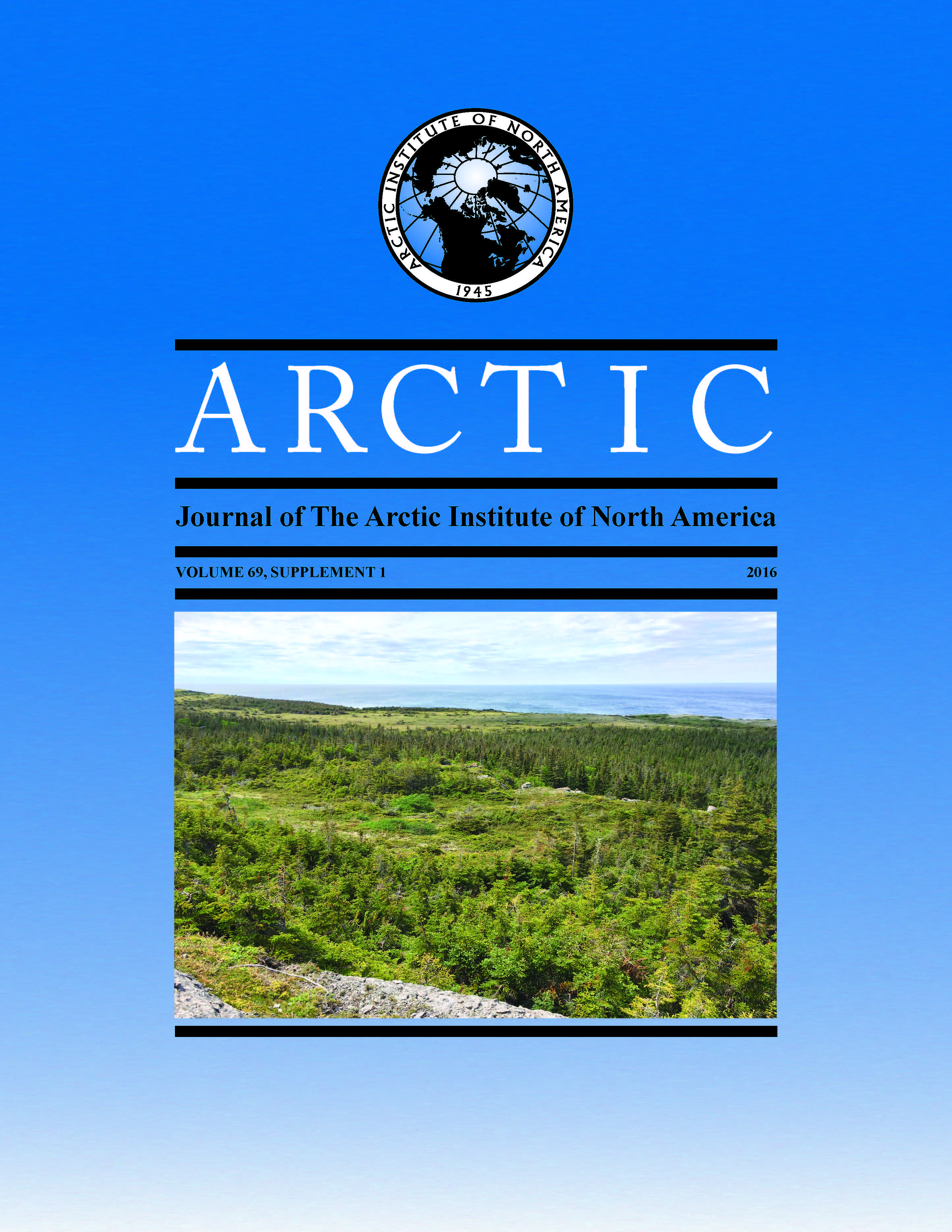Technology, Taphonomy, and Seasonality: Understanding Differences between Dorset and Thule Subsistence Strategies at Iqaluktuuq, Victoria Island
DOI:
https://doi.org/10.14430/arctic4640Ключевые слова:
Dorset, Thule, hunting technologies, taphonomy, subsistence economies, seasonality, zooarchaeologyАннотация
This paper examines differences between Late Dorset and Thule Inuit subsistence economies at the Bell site on Victoria Island, Nunavut. This location is relatively unusual in the eastern Arctic region because local subsistence was based largely on caribou and fish, rather than the sea mammals that dominate in most other regions. For both periods, animal bone samples are quantified in terms of taxonomic frequencies, element (body part) distributions, seasonality, prey demography, and bone modifications such as cutting, burning, and gnawing. A comparison between the periods indicates many broad similarities in subsistence, but some subtle differences suggest that the Thule had a more focal and specialized economy, with a slightly different seasonal profile.


